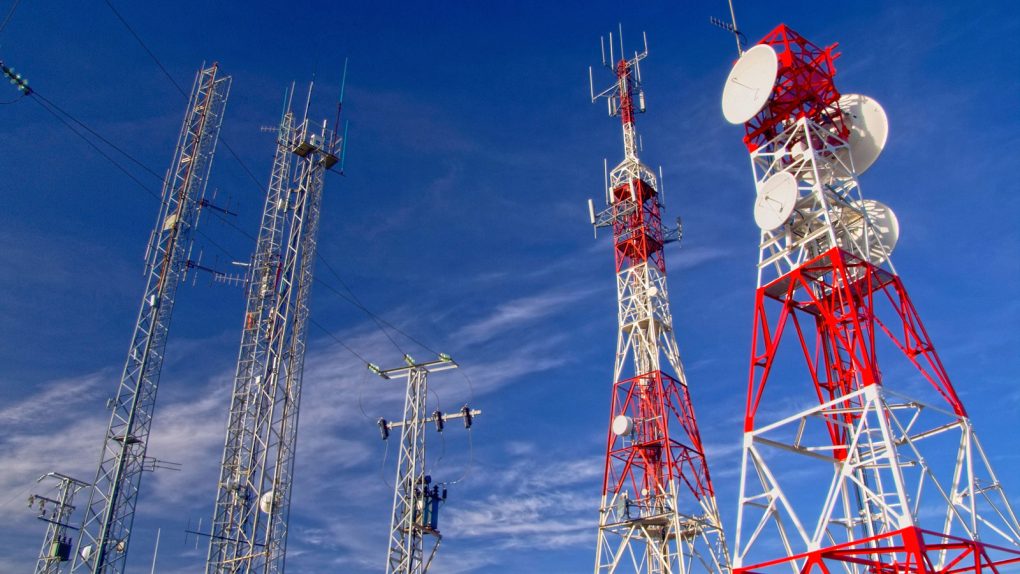Wireless networks and smartphone makers are gearing up to launch the world’s first 5G networks early next year. Chipmakers have already unveiled their first 5G modems, and the carriers have already started the war for public perception of the best network.
But according to comments made by Karri Kuoppamaki, T-Mobile’s VP of radio network technology development and strategy, 5G isn’t going to start out as much of an improvement over LTE, at least from the perspective of users.
“Initially, we didn’t see gigabit speeds on LTE; we saw very low speeds. But today we see much higher than that. It’s kind of irrelevant what [the speed] number is going to be on day one, as it will improve over time,” Kuoppamaki said at the Brooklyn 5G Summit, according to PC Mag. T-Mobile is reportedly aiming for initial 5G speeds to be 25-50 percent faster than the existing 4G LTE network, which maxes out in the real world at around 400Mbps.
The gigabit speeds that 5G evangelists have been raving about rely heavily on using high-band millimeter-wave spectrum, which has a much shorter range than the spectrum currently used for LTE networks. “900 feet. If that’s your cell radius, that’s about 0.1 square miles, and the continental US is over 3 million square miles,” Kuoppamaki told attendees. That means you’re only going to see millimeter-wave frequency used in high-density areas like urban downtowns, shopping malls, airports, and sports stadiums. Millimeter-wave frequency is also bad at penetrating obstacles, so you’ll need line-of-sight to a cell site to be covered.
The reason speeds will only marginally improve over the best LTE technology is because the current LTE technology has already adopted a lot of the improvements that are coming to 5G networks. Carrier aggregation, 4×4 MIMO and 256 QAM have already been deployed at thousands of cell sites by all four carriers, and the combination of those speeds has enabled the incredible download speeds we’ve seen recently.
The biggest improvement in average download speeds for networks may well be widespread adoption of phones compatible with those technologies, not the widespread rollout of 5G. Only recent flagship Android phones are capable of using LTE-Advanced features, as Apple hasn’t integrated them into its new iPhones yet. You can expect that to change with this year’s new models, however.










